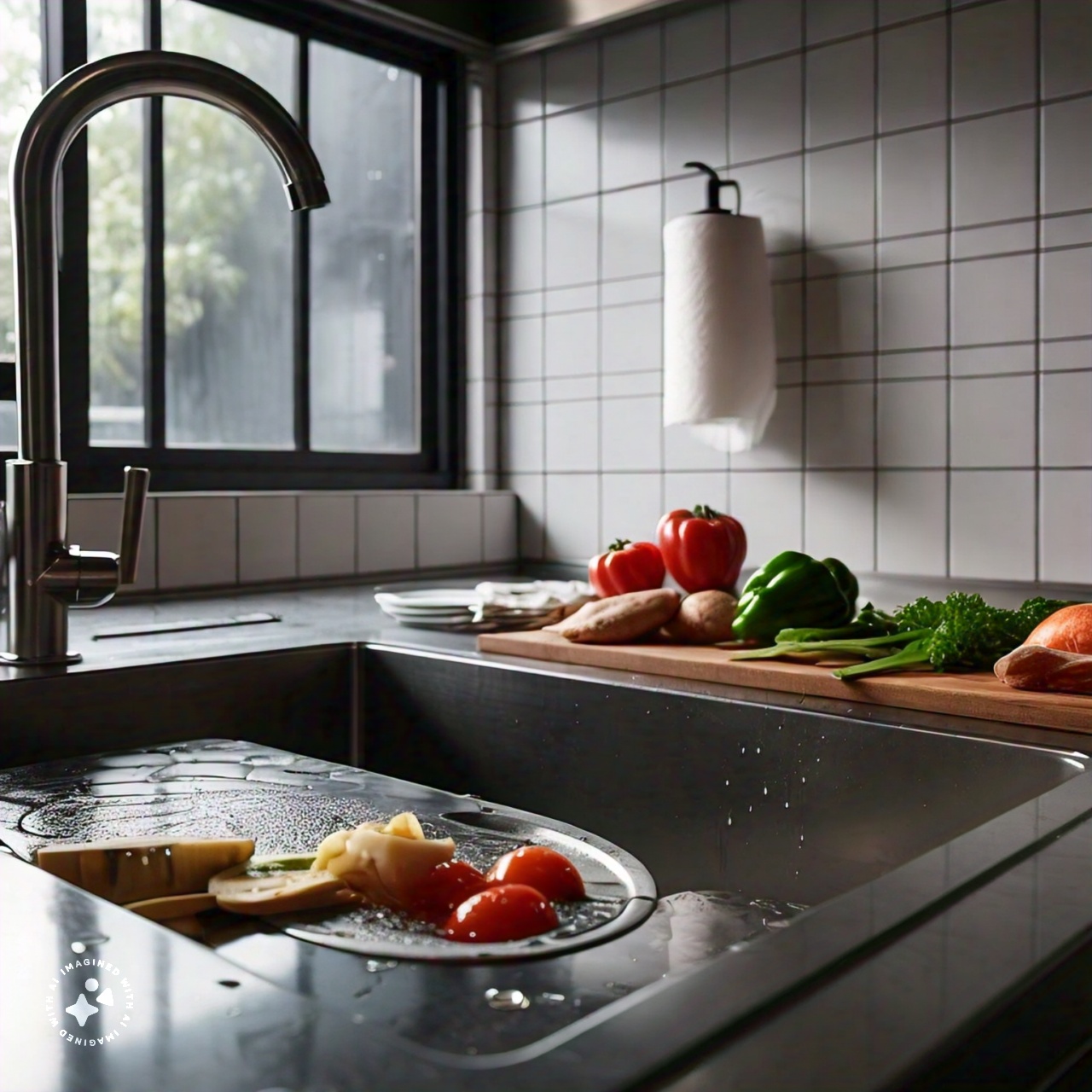One of the most important results that we want to get from having a good foot hygiene and foot safety system in the first place is to be able to make our food more hygienic and can be stored for a longer time. Thanks to technology, now we have several inventions that can help us to improve the safety and hygiene of our food system. What are those inventions? Here are five inventions That really contributes to the food hygiene advancement in the community.
Five Inventions in Food Safety and Food Hygiene
- Refrigeration system (1834)
One of the oldest inventions that make the food hygiene system all over the world better for everyone is the refrigeration system. The Refrigeration system helps us to lower the temperature of food, which in turn will allow for the safe preservation of foods that previously perished within days. The system is invented by Jacob Perkins, an American inventor, about two centuries ago.
Lowering the temperature of food means The bacteria will have a harder time living and thriving on the food. This means that there will be fewer bacteria breeding Because coldness is not because cold air is not suitable for bacteria breeding. It also means that our food becomes more hygienic, and it also makes the food safer for us.
The usage of refrigeration techniques can be seen in our everyday life. Just go to any supermarket near us, and we will see a chest freezer, or maybe there are refrigerator or cool box in our home, And every time you eat an ice cream it is a result of the refrigeration system.
- Pasteurization (1864)
Pasteurization can be filled as the opposite of refrigeration. While refrigeration works by lowering the temperature, Pasteurization will do the exact opposite of it. This technique involves increasing the heat of our foods and drinks to make sure the bacteria inside it dies, due to the excessive heat they get. While maybe not a hundred percent of the bacteria died, of course, most of them will be Killed by this heating process. Killing most of the bacteria will result in less spoilage of our food and drinks.
We can see this technique being used in our daily lives by going to any place that sells boxed milk. Usually, the box milk uses a pasteurization technique to improve its shelf life. First, the milk will be poured into a single, really big drum to collect all of the milk that is milked from the cow. Then it will be heat-treated using a high-temperature treatment for several minutes to kill the bacteria inside the milk. Think this way, the milk will be relatively sterile from bacterial infection when poured into the box. This way the shelf life of boxed milk will be longer.
- Canning (1810)
The next invention that helps with food hygiene and safety is canning. Yes, canning is the act of. putting our food and drinks inside a can. Why do we do this? Why do we put foot and drinks into a can? Surely the reason is not far away from the previous techniques mentioned, This being then to seal our foods and drinks from bacterial contamination.
Canning a foot or drink means that we are creating a safe and sterile environment that prevents bacterial growth and spoilage. Once our foods and drinks are contained inside the can, bacteria can hardly infest into the foods and drinks. This is because now our foods and drinks are protected by the can which is a really thick metal compared to bacteria size. That way they cannot reach our food and drinks and cannot grow there.
Aside from preventing spoilage on foods and drinks canning method is usually used by companies to make their products easier to bring and easier to use. So now, not only our foods and drinks are more hygienic and safer to consume, but they are also easier to transport. They are also easier to transport.
- Microwave Ovens
Heating foods and drinks is a common way to improve the safety and hygienic standard of our foods and drinks. Commonly hitting is done by using fire but modern inventions not only use fire as the heat source. Some new use methods are called microwave ovens.
As you may guess from the name of the tool, microwave ovens use magnetic waves to heat foods and drinks. The magnetic wave is very specific in that it will only resonate with water molecules inside foods and drinks Which in turn will vibrate the water molecules and increase the heat of the molecules.
As the heat of the molecules increases, it will transfer the heat to nearby molecules, And after that, the affected or heated molecules will transfer it to the other molecules as well. This process is repeated many times and as a result, the whole foods or drinks will be heated.
One benefit of using this technique is the cooking of food can be done fairly quickly because we don’t need to heat the containers of our foods and drinks. Rather, we can directly heat our food and drinks. This is because electromagnetic wave directly resonates with water molecules
- Food Wrapping Plastic
Lastly, one of the most widely used food hygienic and safety inventions is plastic bags or food wrapping plastics. This includes uh aluminum foil and also cling film. This works by creating a wrapping or barrier against contamination and spoilage in the foot and drinks. Also, this works by locking bacteria in other microorganisms from entering the foot and drinks. These inventions also prevent the drying of fruits and drinks by Blocking a flow in and out, in two ways. This technique will significantly improve safety and hygiene and is widely used in households supermarkets and also food industries to ensure a safe and fresh supply of food and drinks.


